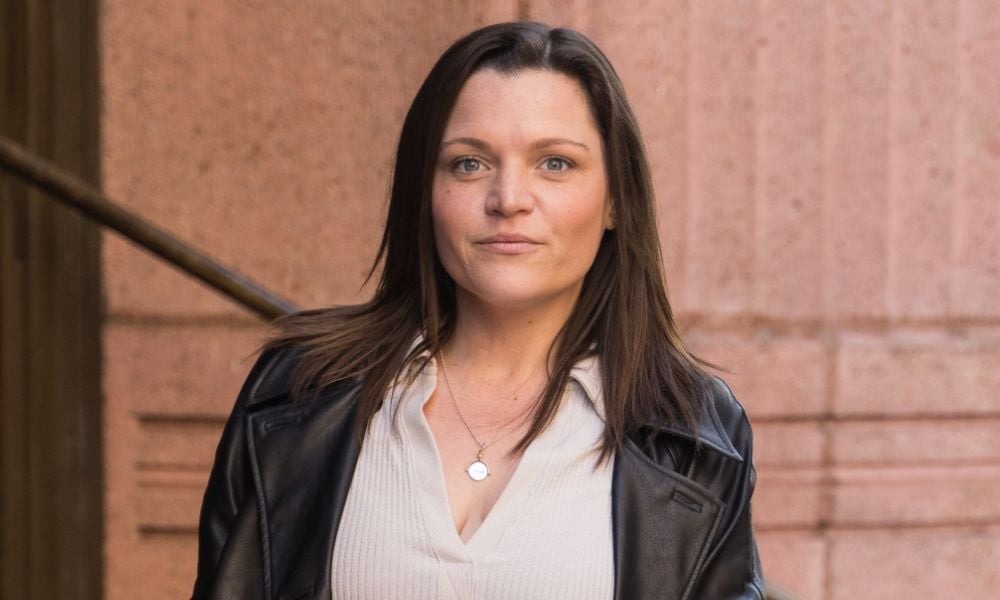Parents dipping into savings and cutting expenses to help — but it's not enough

A growing number of Australian parents are stepping in with sizeable financial gifts to support their children’s first home purchases, yet even large contributions are proving insufficient in today’s housing market, according to new figures from Mozo’s Bank of Mum and Dad Report 2025.
The report reveals that 75% of parents are now offering financial assistance as non-repayable gifts — more than double the 33% who did so in 2021. On average, families are contributing $74,040 towards deposits, highlighting a significant shift in how parental support is being offered.
“The Bank of Mum and Dad has officially evolved into the Gift of Mum and Dad,” said Rachel Wastell (pictured above), finance expert at Mozo. “In 2021, a third of parents helping kids onto the property ladder didn’t expect repayment, now it’s three-quarters. That’s not a bank, or a loan… that’s a legacy.”
Despite the rise in parental generosity, the cost of purchasing a home remains high. National house prices have climbed more than 51% over the past five years, with the median dwelling price now close to $977,000. This pushes the typical 20% deposit requirement near $195,000.
Mozo’s analysis shows that monthly mortgage repayments on an average-priced home now sit around $4,898 at prevailing interest rates. However, due to banks’ mandated 3% serviceability buffer, borrowers must show they can cover monthly repayments exceeding $6,500.
As a result, prospective buyers need an annual pre-tax income of at least $149,244 to qualify for a home loan — an amount that excludes many single-income applicants and even some dual-income households, regardless of deposit support.
Parents providing support are also under pressure. According to the Mozo report, 54% are using personal savings to fund their children’s property purchases. Additionally, 29% rely on current income, while 19% are cutting back on their own spending to contribute.
Recent housing initiatives targeting first-home buyers, alongside a cut in interest rates, have done little to narrow the affordability gap. Despite these efforts, average wage earners still cannot afford the median-priced home in most major Australian cities.
Concerns are mounting that if property values continue to rise at current rates while wages grow only marginally, Australia may not return to genuinely affordable housing levels until as far out as 2095.
Want to be regularly updated with mortgage news and features? Get exclusive interviews, breaking news, and industry events in your inbox – subscribe to our FREE daily newsletter. You can also follow us on Facebook, X (formerly Twitter), and LinkedIn.



